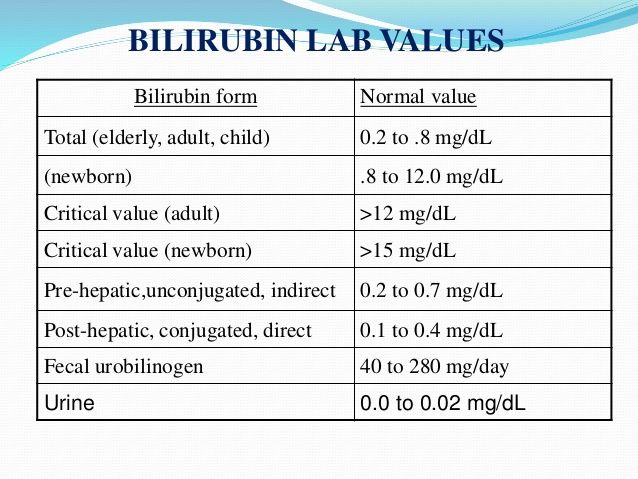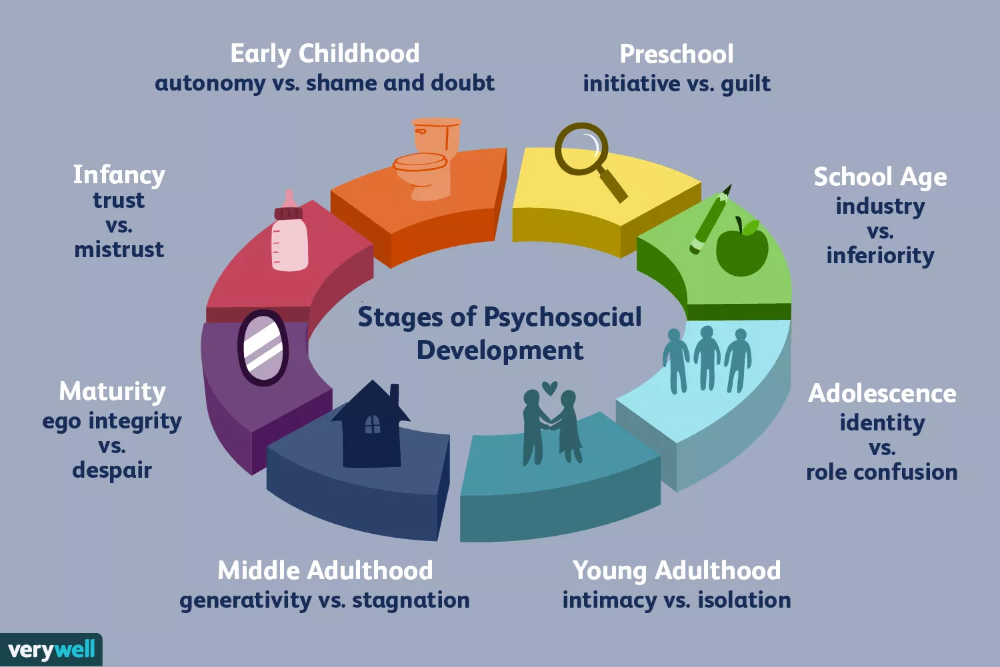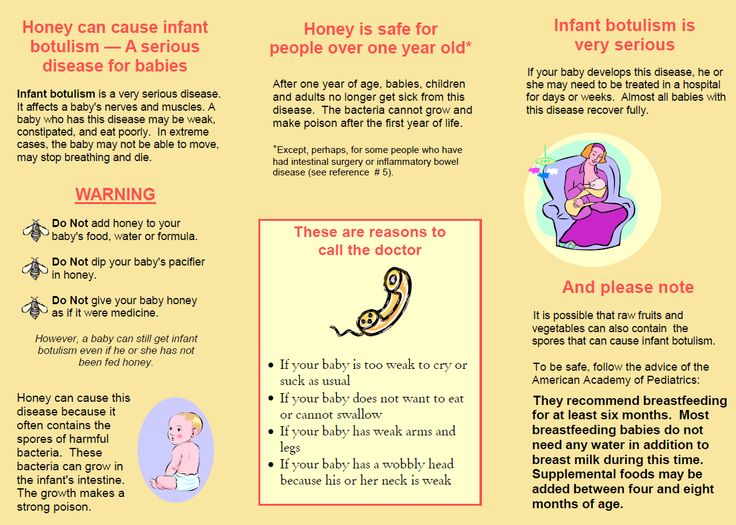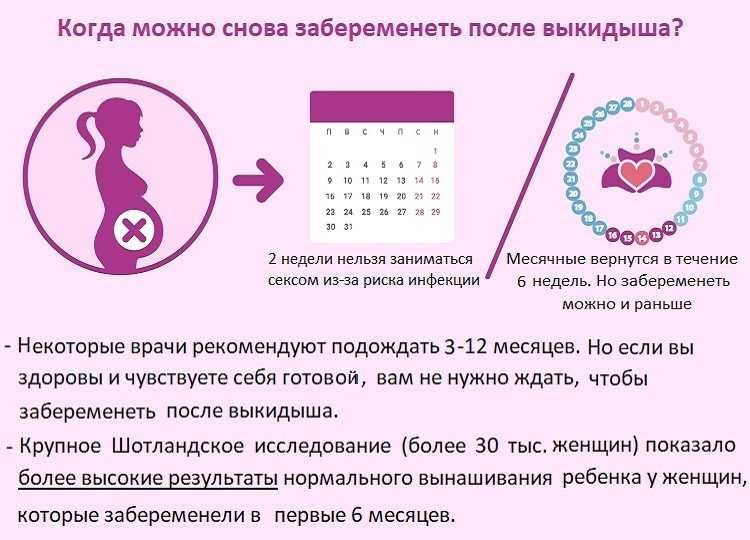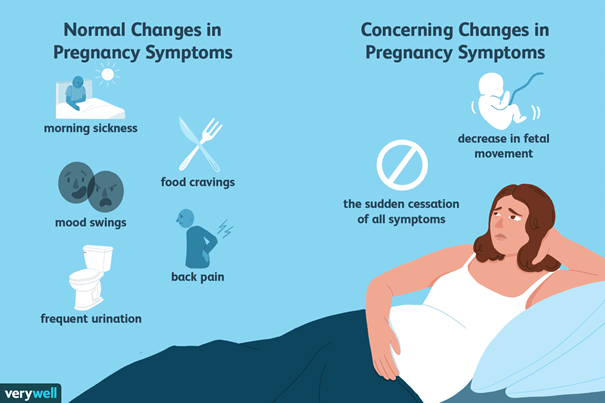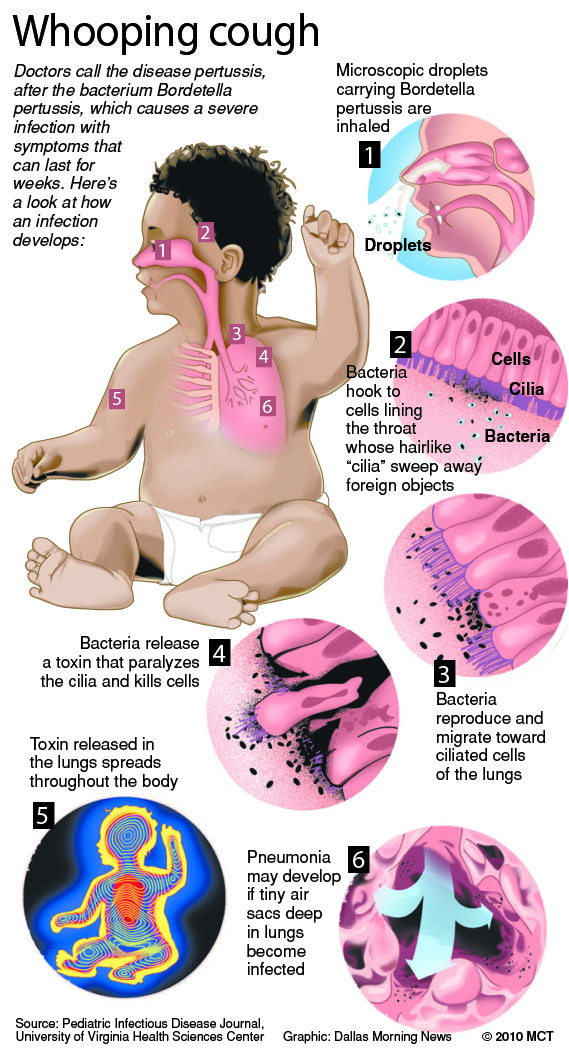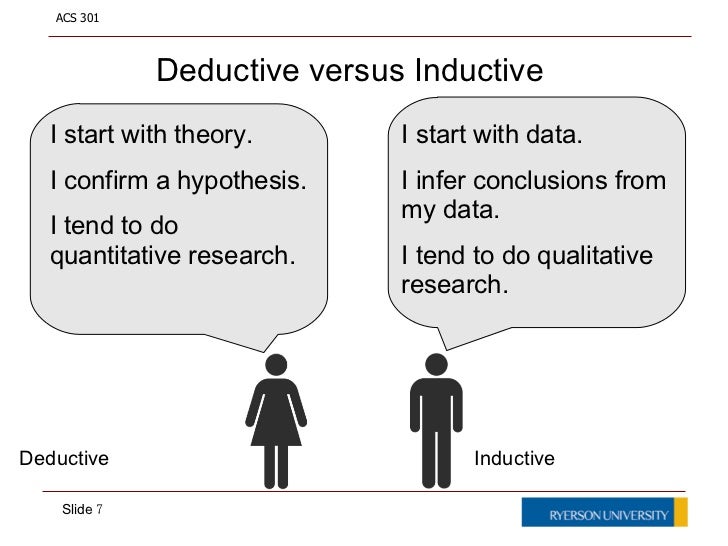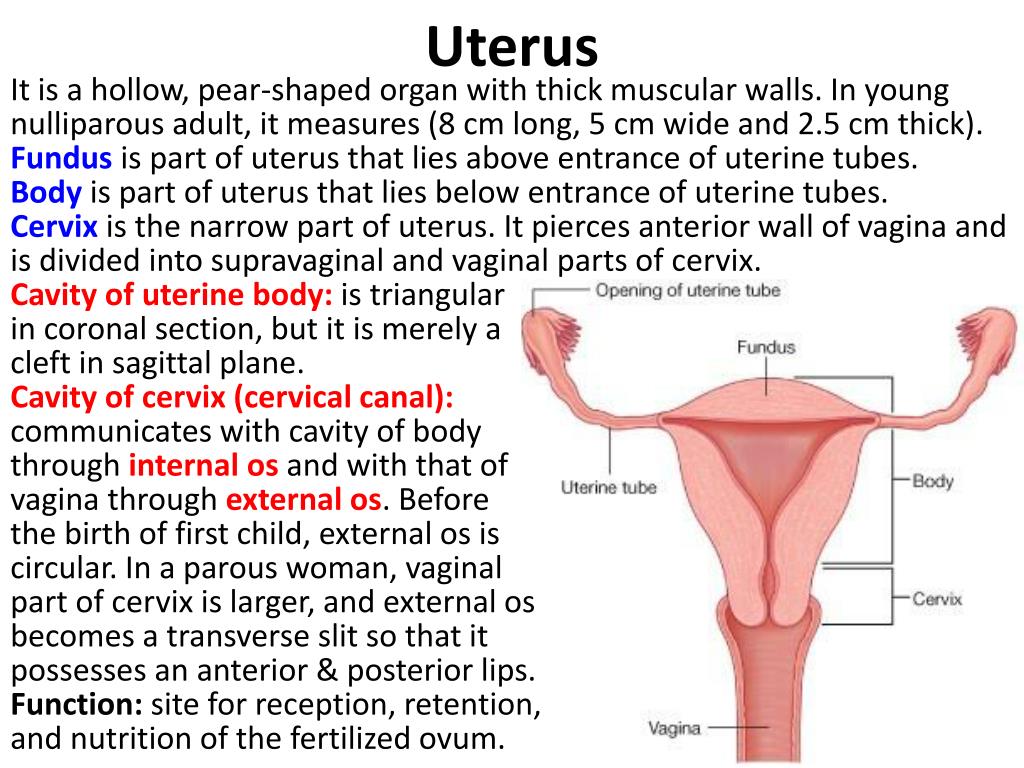Blood test on newborns
Newborn screening tests for your baby
Newborn screening helps identify serious but rare health conditions at birth.
All babies in the United States get newborn screening. Each state decides which tests are required.
Most newborn screening test results are normal. If a result is not normal, your baby gets a different kind of test called a diagnostic test.
Health conditions that are found early with newborn screening often can be treated.
Early treatment is important, because it may help prevent more serious health problems for your baby.
What is newborn screening?
When your baby is 1 to 2 days old, he has some special tests called newborn screening. Newborn screening checks a baby for serious but rare and mostly treatable health conditions at birth. It includes blood, hearing and heart screening.
Your baby can be born with a health condition but may not show any signs of the problem at first. If a health condition is found early with newborn screening, it often can be treated. Early treatment is important, because it may help prevent more serious health problems for your baby.
All babies in the United States get newborn screening. About 4 million babies are screened every year.
When is newborn screening done?
Your baby gets newborn screening before she leaves the hospital after birth, when she’s 1 to 2 days old. If your baby isn’t born in a hospital, talk to her provider about getting newborn screening at 1 to 2 days of age. Some states require that babies have newborn screening again about 1 to 2 weeks later.
How does newborn screening happen?
There are three parts to newborn screening:
- Blood test. Most newborn screening is done with a blood test to check for rare but serious health conditions. A health care provider pricks your baby’s heel to get a few drops of blood. He collects the blood on a special paper and sends it to a lab for testing.
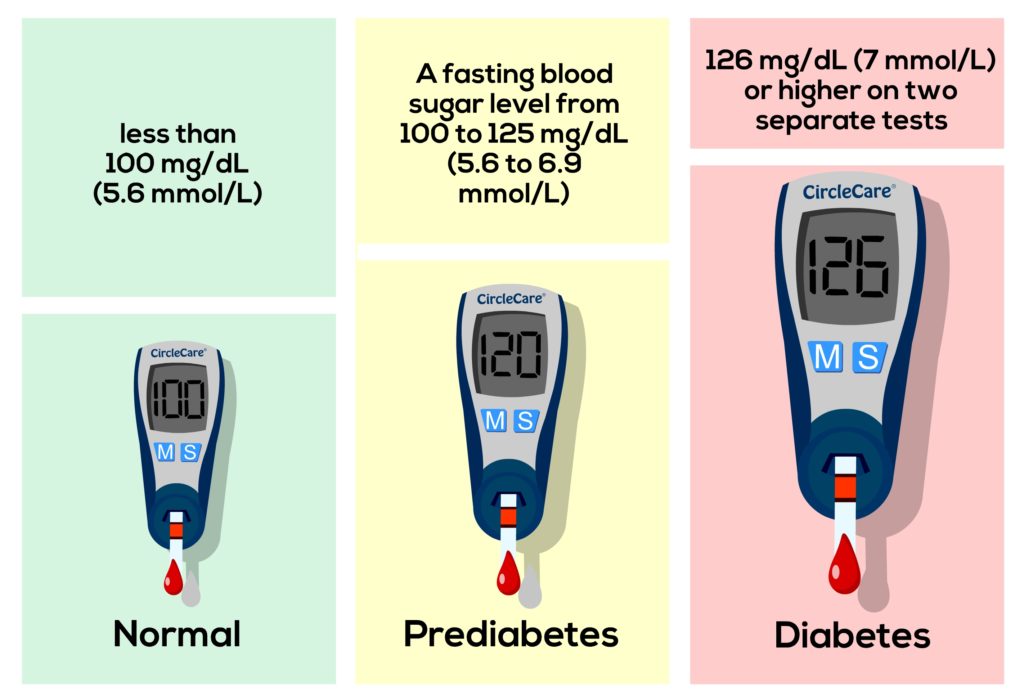 Blood test results are usually ready by the time your baby is 5 to 7 days old. To find out more about the timeframes for sending blood samples to lab and getting test results back, ask your baby’s provider or the hospital staff.
Blood test results are usually ready by the time your baby is 5 to 7 days old. To find out more about the timeframes for sending blood samples to lab and getting test results back, ask your baby’s provider or the hospital staff. - Hearing screening. This test checks for hearing loss. For this test, your provider places tiny earphones in your baby’s ears and uses special computers to check how your baby responds to sound.
- Heart screening. This test is used to screen babies for a group of heart conditions called critical congenital heart defects (also called critical CHDs or CCHDs). It uses a simple test called pulse oximetry. Pulse oximetry checks the amount of oxygen in your baby’s blood by using a pulse oximeter machine and sensors placed on your baby’s skin.
What if newborn screening results aren’t normal?
Most newborn screening results are normal. If your baby’s screening results aren’t normal, it may simply mean she needs more testing. Your baby’s provider then recommends another kind of test, called a diagnostic test, to see if there is a health problem. If the diagnostic test results are normal, no more testing is needed. If the diagnostic test results are not normal, your provider can guide you about next steps for your baby.
Your baby’s provider then recommends another kind of test, called a diagnostic test, to see if there is a health problem. If the diagnostic test results are normal, no more testing is needed. If the diagnostic test results are not normal, your provider can guide you about next steps for your baby.
If one of your children has a health condition, will another have it, too?
Many of the health conditions found by newborn screening are inherited. Inherited means something that is passed from parent to child through genes. Genes are a part of your body’s cells that store instructions for the way your body grows and works.
When one child in a family has an inherited health condition, the chance of a brother or sister having the same condition is higher than if no child in the family has the condition.
If you have a child with a health condition and you want to have another baby, talk to your health care provider or a genetic counselor. A genetic counselor is a person who is trained to help you understand about genes, birth defects and other medical conditions that run in families, and how they can affect your health and your baby’s health.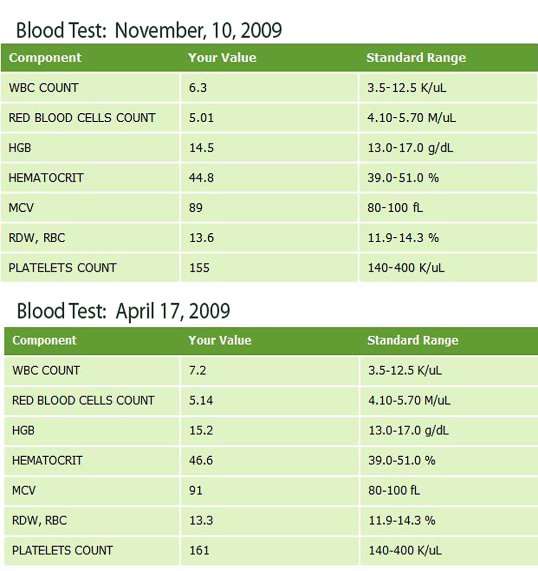
Sometimes hearing loss is not inherited. For example, it can be caused by an infection during pregnancy. In this case, it usually doesn’t happen in another pregnancy.
What kinds of health conditions does newborn screening test for?
Each state requires different tests, so ask your baby’s health care provider which tests your baby will have. You also can visit babysfirsttest.org to find out what conditions your state tests for.
March of Dimes works with states to ensure they are testing babies for the health conditions recommended by Department of Health and Human Services (also called HHS). The list of health conditions recommended by HHS is called RUSP or Recommended Uniform Screening Panel. March of Dimes would like to see all babies in all states screened for at least 35 health conditions. Many of these health conditions can be treated if found early. The health conditions are divided into six groups:
1. Organic acid metabolism disorders. Metabolism is how well and fast your body processes what you eat and drink. Babies with organic acid metabolism disorders don’t break down food correctly, causing substances called organic acids to build up in the body.
Metabolism is how well and fast your body processes what you eat and drink. Babies with organic acid metabolism disorders don’t break down food correctly, causing substances called organic acids to build up in the body.
- Propionic acidemia (PROP)
- Methylmalonic acidemia (methylmalonyl-CoA mutase deficiency) (MUT)
- Methylmalonic acidemia (cobalamin disorders) Cbl A, B)
- Isovaleric acidemia (IVA)
- 3-methylcrotonyl-CoA carboxylase deficiency (3-MCC)
- 3-hydroxy-3-methylglutaric aciduria (HMG)
- Holocarboxylase synthase deficiency (MCD)
- Beta-ketothiolase deficiency (BKT)
- Glutaric acidemia type 1 (GA-1)
2. Fatty acid oxidation disorders. During digestion, the body breaks down fat into fatty acids for energy. A baby with fatty acid oxidation problems can’t change fat into energy properly.
- Carnitine uptake defect/carnitine transport defect (CUD)
- Medium-chain acyl-CoA dehydrogenase deficiency (MCAD)
- Very long-chain acyl-CoA dehydrogenase deficiency (VLCAD)
- Long-chain L-3 hydroxyacyl-CoA dehydrogenase deficiency (LCHAD)
- Trifunctional protein deficiency (TFP)
3.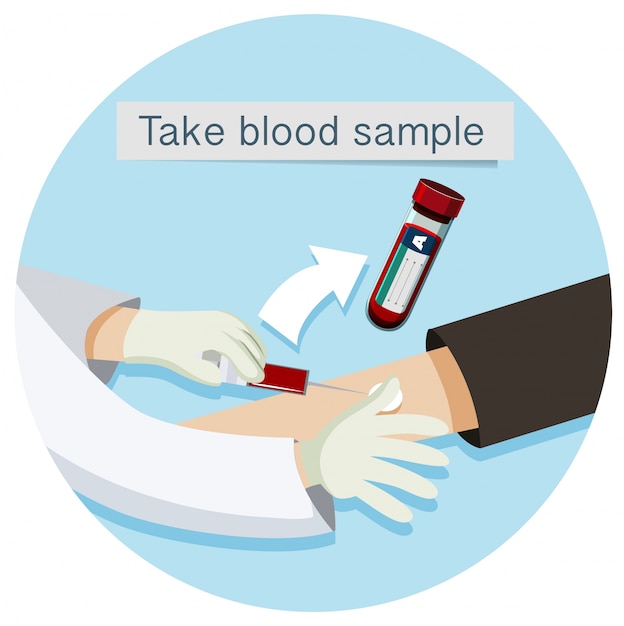 Amino acid metabolism disorders. Babies with these problems can’t process certain amino acids properly in the body. Amino acids help build protein in your body.
Amino acid metabolism disorders. Babies with these problems can’t process certain amino acids properly in the body. Amino acids help build protein in your body.
- Argininosuccinic aciduria (ASA)
- Citrullinemia type 1 (CIT)
- Maple syrup urine disease (MSUD)
- Homocystinuria (HCY)
- Classic phenylketonuria (PKU)
- Tyrosinemia type I (TYR I)
4. Endocrine disorders. These problems affect the glands that make hormones. Hormones are chemicals made by the body. Hormones help with many processes in the body, like growth and development.
- Primary congenital hypothyroidism (CH)
- Congenital adrenal hyperplasia (CAH)
5. Hemoglobin disorders. These problems affect red blood cells. Red blood cells carry oxygen to the rest of the body.
- S,S disease (sickle cell anemia) (Hb SS)
- S, beta-thalassemia (Hb S/ßTh)
- S, C disease (Hb S/C)
6.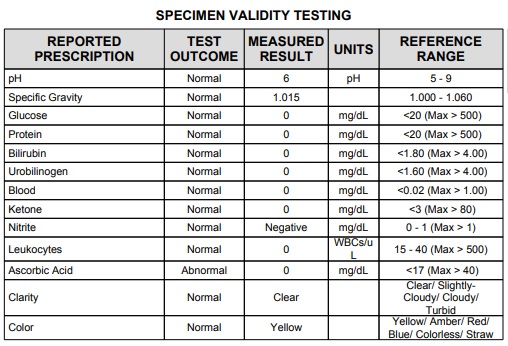 Other disorders
Other disorders
- Biotinidase deficiency (BIOT)
- Critical congenital heart disease (CCHD)
- Cystic fibrosis (CF)
- Classic galactosemia (GALT)
- Glycogen storage disease type II (Pompe disease) (POMPE)
- Hearing loss (HEAR)
- Severe combined immunodeficiency (SCID)
- Mucopolysaccharidosis type 1 (MPS I)
- X-linked adrenoleukodystrophy
- Spinal muscular atrophy due to homozygous deletion of exon 7 in SMN1
For more information
Baby’s First Test
Last reviewed: July 2020
Newborn Screening Tests (for Parents)
en español: Pruebas de cribado neonatal
Reviewed by: Michael F. Cellucci, MD
Diagnostic Referral Service at Nemours Children's Health
What Is Newborn Screening?
Newborn screening is a public health service done in each U.S. state. Every newborn is tested for a group of health disorders that aren't otherwise found at birth.
With a simple blood test, doctors can check for rare genetic, hormone-related, and metabolic conditions that can cause serious health problems. Newborn screening lets doctors diagnose babies quickly and start treatment as soon as possible.
Which Screening Tests Are Offered?
Screening varies by state. Tests offered can change as technology advances and treatments improve. Although there are national recommendations for newborn screening, it is up to each state to decide which tests to include.
Newborn screening includes tests for:
Metabolic problems. Metabolism is the process that converts food into energy the body can use to move, think, and grow. Enzymes are special proteins that help with
metabolismby speeding up the chemical reactions in cells. Most metabolic problems happen when certain enzymes are missing or not working as they should. Metabolic disorders in newborn screening include:
- phenylketonuria (PKU)
- methylmalonic acidemia
- maple syrup urine disease (MSUD)
- tyrosinemia
- citrullinema
- medium chain acyl CoA dehydrogenase (MCAD) deficiency
Hormone problems.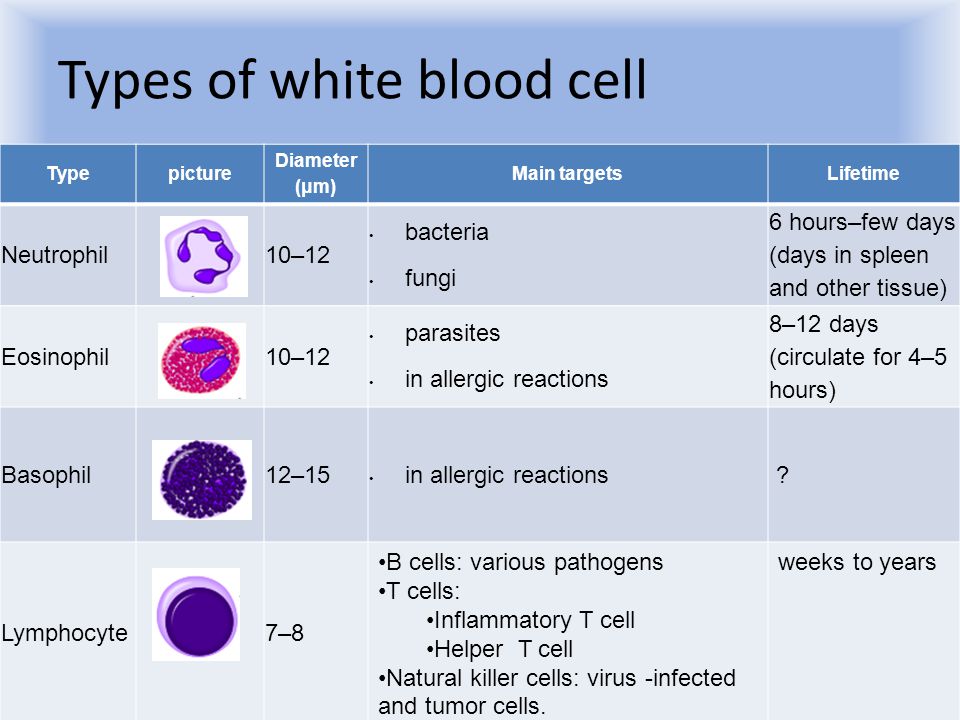 Hormones are chemical messengers made by glands. Hormone problems happen when glands make too much or not enough hormones. Hormone problems in newborn screening include:
Hormones are chemical messengers made by glands. Hormone problems happen when glands make too much or not enough hormones. Hormone problems in newborn screening include:
- congenital hypothyroidism
- congenital adrenal hyperplasia
Hemoglobin problems: Hemoglobin is a protein in red blood cells that carries oxygen throughout the body. Some of the hemoglobin problems included in newborn screening are:
- sickle cell disease
- hemoglobin SC disease
- beta thalassemia
Other problems. Other rare but serious medical problems included in newborn screening are:
- galactosemia
- biotidinase deficiency
- cystic fibrosis
- severe combined immunodeficiency (SCID)
- Pompe disease (glycogen storage disease type II)
- mucopolysaccharidosis type 1
- X-linked adrenoleukodystropy
- spinal muscle atrophy (SMA)
Most states also screen for hearing loss and critical congenital heart disease, which are not done by testing the blood.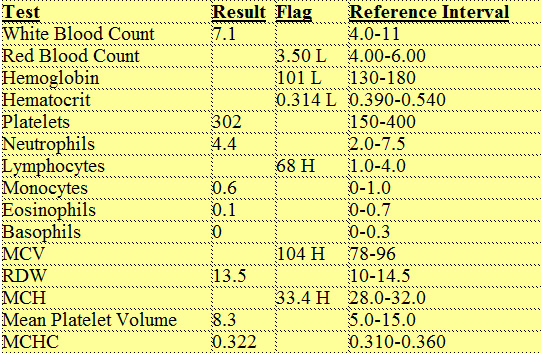
Talk to your doctor if you think your baby may need other newborn screening tests not offered through your state program.
How Is Newborn Screening Done?
A small blood sample taken by pricking the baby's heel is tested. This happens before the baby leaves the hospital, usually at 1 or 2 days of age. Talk to your doctor about newborn screening if your baby was not born in a hospital.
The blood sample should be taken after the first 24 hours of life. Some babies are tested within the first 24 hours, though, because sometimes moms and newborns are discharged within 1 day. If this happens, experts recommend taking a repeat sample after the baby is more than 24 hours old. Some states routinely do two tests on all infants.
When Are the Results Ready?
Results of newborn screening for hearing loss and heart disease are available as soon as the test is done.
Blood test results usually are ready by the time a baby is 5–7 days old. Often, parents won't hear about results if screening tests were normal. They are contacted if a test was positive for a condition. A positive newborn screening test does not mean a child definitely has the medical condition. Doctors order more tests to confirm or rule out the diagnosis. Parents can talk to their child's doctor about the newborn screening results.
They are contacted if a test was positive for a condition. A positive newborn screening test does not mean a child definitely has the medical condition. Doctors order more tests to confirm or rule out the diagnosis. Parents can talk to their child's doctor about the newborn screening results.
If a diagnosis is confirmed, doctors might refer the child to a specialist for more testing and treatment. When treatment is needed, it's important to start it as soon as possible. Treatment may include special formula, diet restrictions, supplements, medicines, and close monitoring.
Visit Baby's First Test for more information on newborn screening and to find out which conditions your state checks for.
Reviewed by: Michael F. Cellucci, MD
Date reviewed: July 2022
Share:
/content/kidshealth/misc/medicalcodes/parents/articles/newborn-screening-tests
Child health - infancy
Comprehensive laboratory examination, including the main indicators of the child's health up to a year, including blood and urine tests, as well as an assessment of protein, carbohydrate and fat metabolism.
Synonyms Russian
Laboratory examination of a child under one year old, preventive (screening) tests up to a year old.
English synonyms
Laboratory check-up, Infancy, Infant Health Check up.
What biomaterial can be used for research?
Venous, capillary blood, mid morning urine.
How to properly prepare for an examination?
General information about the study
Infancy is the period of life from birth to 1 year. It is characterized by some features both during normal development and in the event of diseases in this period. Often, diseases of the infancy period manifest themselves in the form of such non-specific signs as poor appetite, anxiety, sleep disturbance, indomitable crying, reduced activity, hypotension, and fatigue. These signs can hide quite serious diseases, such as congenital heart defects. On the other hand, these same signs can be observed from time to time in healthy babies.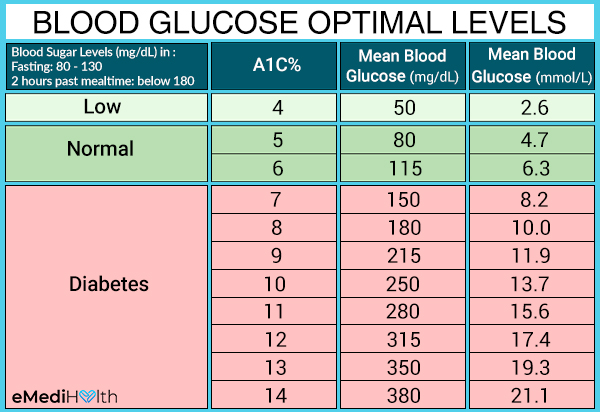 Thus, a clinical examination does not always allow an accurate assessment of the child's health. In order to more accurately assess the health of a child in the period up to 1 year, additional laboratory tests are carried out - preventive (screening) tests. A comprehensive laboratory examination is especially convenient for the pediatrician and the patient, in which all the necessary tests are performed with a single biomaterial (blood and urine) sampling.
Thus, a clinical examination does not always allow an accurate assessment of the child's health. In order to more accurately assess the health of a child in the period up to 1 year, additional laboratory tests are carried out - preventive (screening) tests. A comprehensive laboratory examination is especially convenient for the pediatrician and the patient, in which all the necessary tests are performed with a single biomaterial (blood and urine) sampling.
This comprehensive analysis includes key general clinical and biochemical parameters.
Complete blood count (CBC) allows you to get basic information about the function of the hematopoietic system of an infant, exclude congenital and acquired anemia and suspect signs of hypoxia in congenital diseases of the cardiovascular and respiratory systems. Using the analysis of the leukocyte formula, one can suspect congenital immunodeficiencies or identify torpid infections. An additional indicator that is used to identify the current infectious and inflammatory process is the erythrocyte sedimentation rate (ESR).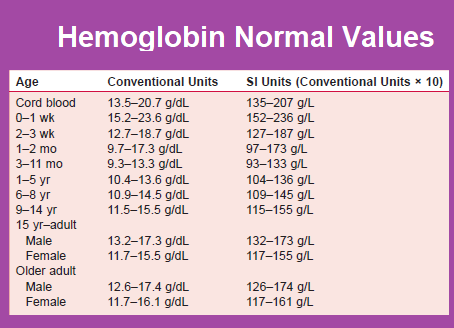
Urinalysis with sediment microscopy is the best initial test for diagnosing diseases of the urinary system. It includes a macroscopic assessment of urine (color, odor, transparency), its physicochemical properties (relative density, pH, presence of protein, glucose) and microscopic examination (presence of leukocytes, epithelium, erythrocytes, additional inclusions). Urinalysis can detect signs of infection and occult bleeding in both the lower and upper urinary tract. Diagnosis of congenital anomalies of the urinary system (for example, posterior urethral valve syndrome), although it requires a more thorough instrumental examination (ultrasound), also always begins with a urine test.
To assess the nutritional status of an infant, total protein, glucose, and cholesterol are examined. Total protein is an integral indicator of protein metabolism in the body. Of greater importance is the decrease in total protein, which in pediatric practice can be observed with malnutrition (the extreme option is kwashiorkor), long-term infections (including helminthiases and parasitosis), congenital malformations of the digestive tube (congenital pyloric stenosis, duodenal atresia).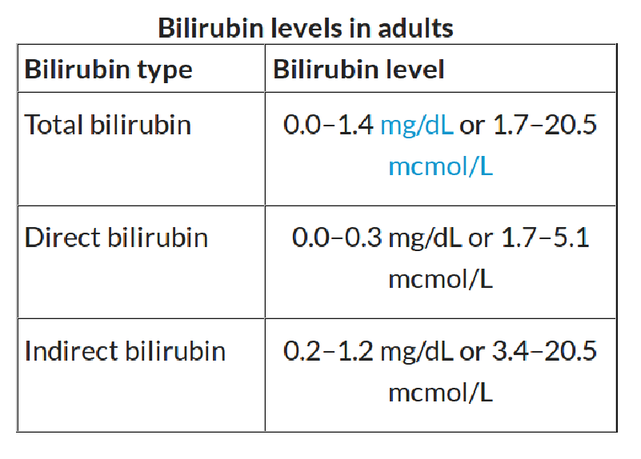 Glucose is an integral indicator of carbohydrate metabolism. Hypoglycemia may indicate malnutrition, the presence of diseases of the liver (glycogenoses) and adrenal glands (autoimmune polyendocrine syndrome). A special condition is hypoglycemia observed in newborn mothers suffering from diabetes mellitus. Hyperglycemia may accompany an ongoing infectious-inflammatory process (eg, sepsis) or indicate congenital disorders of carbohydrate metabolism (eg, congenital adrenal hyperplasia). Cholesterol (cholesterol) is an integral indicator of body fat metabolism. Cholesterol is the main component of cell membranes and is absolutely necessary for the normal growth and development of not only an infant, but also an adult. Low cholesterol levels are more likely to indicate malnutrition. The cholesterol levels of breastfed or formula-fed infants can vary greatly. Thus, by 6 months of age, exclusively breastfed infants have a total cholesterol level of about 200 mg/dL (which is about the same as adult cholesterol), while exclusively formula-fed infants have a cholesterol level of about 140 mg/mL.
Glucose is an integral indicator of carbohydrate metabolism. Hypoglycemia may indicate malnutrition, the presence of diseases of the liver (glycogenoses) and adrenal glands (autoimmune polyendocrine syndrome). A special condition is hypoglycemia observed in newborn mothers suffering from diabetes mellitus. Hyperglycemia may accompany an ongoing infectious-inflammatory process (eg, sepsis) or indicate congenital disorders of carbohydrate metabolism (eg, congenital adrenal hyperplasia). Cholesterol (cholesterol) is an integral indicator of body fat metabolism. Cholesterol is the main component of cell membranes and is absolutely necessary for the normal growth and development of not only an infant, but also an adult. Low cholesterol levels are more likely to indicate malnutrition. The cholesterol levels of breastfed or formula-fed infants can vary greatly. Thus, by 6 months of age, exclusively breastfed infants have a total cholesterol level of about 200 mg/dL (which is about the same as adult cholesterol), while exclusively formula-fed infants have a cholesterol level of about 140 mg/mL.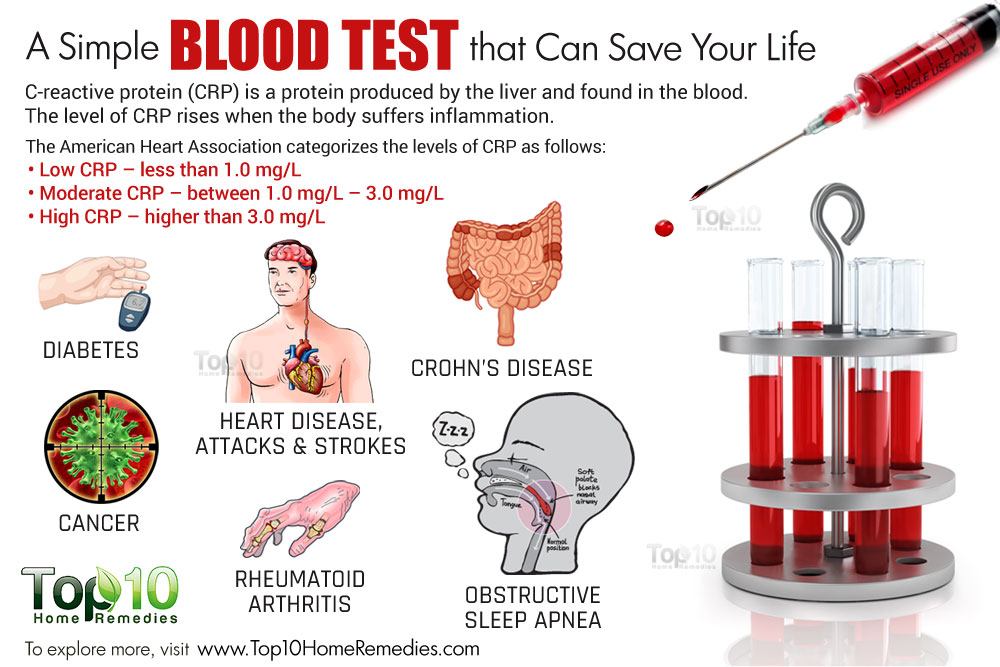 . Hypercholesterolemia in infancy often indicates congenital cholesterol metabolism diseases (eg, familial hypercholesterolemia).
. Hypercholesterolemia in infancy often indicates congenital cholesterol metabolism diseases (eg, familial hypercholesterolemia).
Bilirubin is a pigment produced by the breakdown of hemoglobin and some other heme-containing proteins in the liver, spleen, and bone marrow. An increase in the level of bilirubin can be observed in many diseases of the hepatobiliary system (biliary atresia, hepatitis B), hemolytic anemia, as well as in many other conditions, including hypothyroidism, sepsis, galactosemia, Crigler-Najjar syndrome and others. To clarify the cause of hyperbilirubinemia, separate determination of direct and indirect bilirubin, as well as the study of the level of liver enzymes, gamma-HT and alkaline phosphatase may be required.
This comprehensive analysis excludes major diseases in infancy. Additional laboratory tests may be required to provide more information about the baby's health. Repeated analyzes are recommended to be performed using the same test systems, that is, in the same laboratory.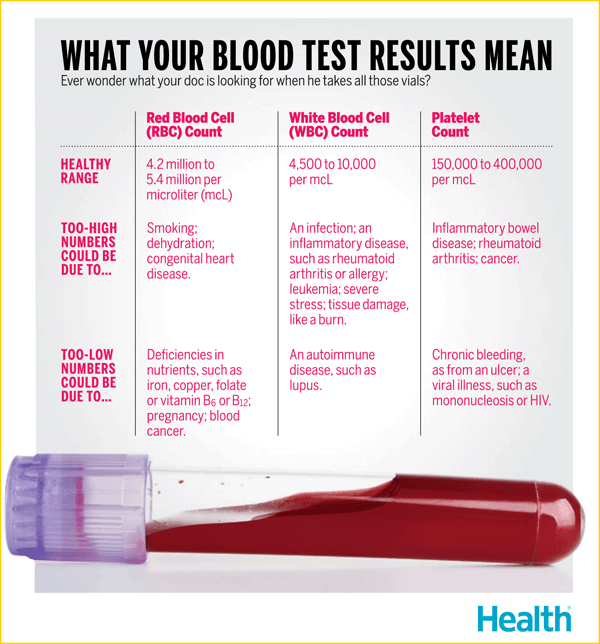
What is research used for?
- For a comprehensive assessment of the health status of a child under one year old;
- for the timely detection of major diseases of infancy.
When is the examination scheduled?
- At a preventive examination of a child;
- if the baby has poor appetite, insufficient weight gain, hypotension, indomitable crying, poor sleep, rapid fatigue.
What do the results mean?
Reference values
Separately for each indicator included in the complex:
- [02-005] Clinical blood test (with leukocyte formula)
- [02-006] Urinalysis with microscopy
- [02-007] Erythrocyte sedimentation rate (ESR)
- [06-015] Plasma glucose
- [06-035] Total whey protein
- [06-036] Bilirubin total
- [06-048] Cholesterol, total
Important Notes
- Repeat tests are recommended to be performed using the same test kits, i.
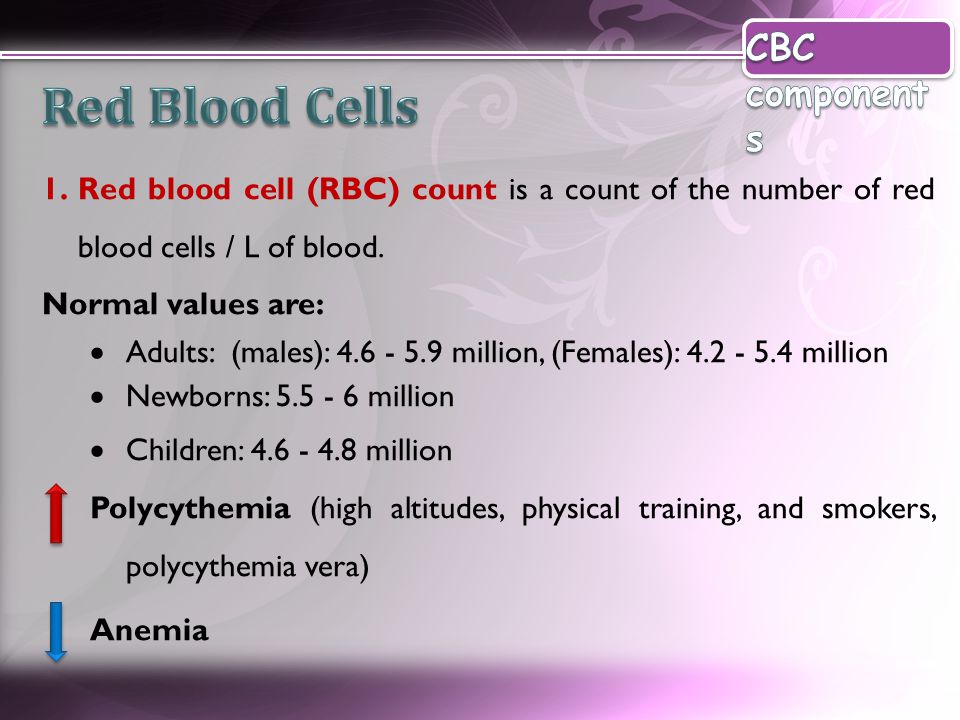 e. in the same laboratory;
e. in the same laboratory; - the results of the study are evaluated taking into account additional clinical, instrumental and laboratory data.
Also recommended
[40-115] Child health - first steps
[40-116] Child health - pre-school
[40-113] Annual laboratory examination of the child
2 2 Who prescribes tests?Pediatrician, family doctor.
for children from 0 to 14 years old, find out the prices for a set of tests and take them in Moscow
Home visits are available
In what cases is the study "Healthy child: for children from 0 to 14 years old" carried out:
- during a preventive examination as part of a medical examination;
- upon the return of the child to kindergarten or school after the holidays;
- as directed by a physician if symptoms are present.
Synonyms: Tests for children 0-14 years old.
Healthy child: for children from 0 to 14 years.
Profile composition:
No. 119 Leukocyte formula (differential white blood cell count, leukocyte count, Differential White Blood Cell Count) with blood smear microscopy in the presence of pathological changes
No. 5 Blood test. Complete blood count (without leukocyte formula and ESR) (Complete Blood Count, CBC)
No. 139 ESR (Erythrocyte Sedimentation Rate, ESR)
No. 116 Urinalysis general (Urine analysis with sediment microscopy)
General information about the profile " Healthy child: for children from 0 to 14 years”
Preventive examinations are the key to a healthy future not only for adults, but also for children. Regular medical examinations and laboratory tests enable the doctor to get an idea of the child's health, identify changes in the functioning of organs and body systems, and, if necessary, take measures to correct deviations.
The set of tests includes basic indicators and allows you to assess the general state of health of the child, including when returning to kindergarten or school after the holidays, as well as prescribed by a doctor if there are any symptoms.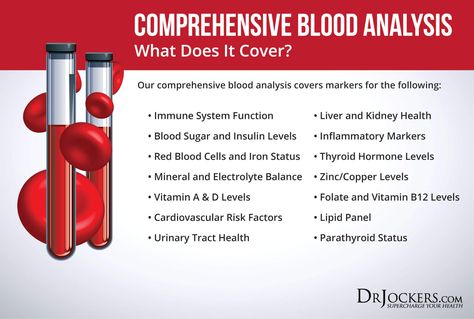 The profile is suitable for the study of children aged 0 to 14 years.
The profile is suitable for the study of children aged 0 to 14 years.
The specifics of the application of tests of the profile "Healthy child: for children from 0 to 14 years old"
Complete blood count, leukocyte count and ESR ex.
Urinalysis includes the determination of physical and chemical properties, assessment of the qualitative and quantitative composition of urinary sediment elements. The analysis is used to assess the function of the kidneys and urinary tract.
What is the purpose of the study "Healthy child: for children from 0 to 14 years"
General clinical screening tests are intended for dispensary examination of children.
What can affect the result of the study "Healthy child: for children from 0 to 14 years"
Violation of the rules for preparing for the study may affect the results of tests.
Test material
See relevant tests.
Method of determination
See relevant tests.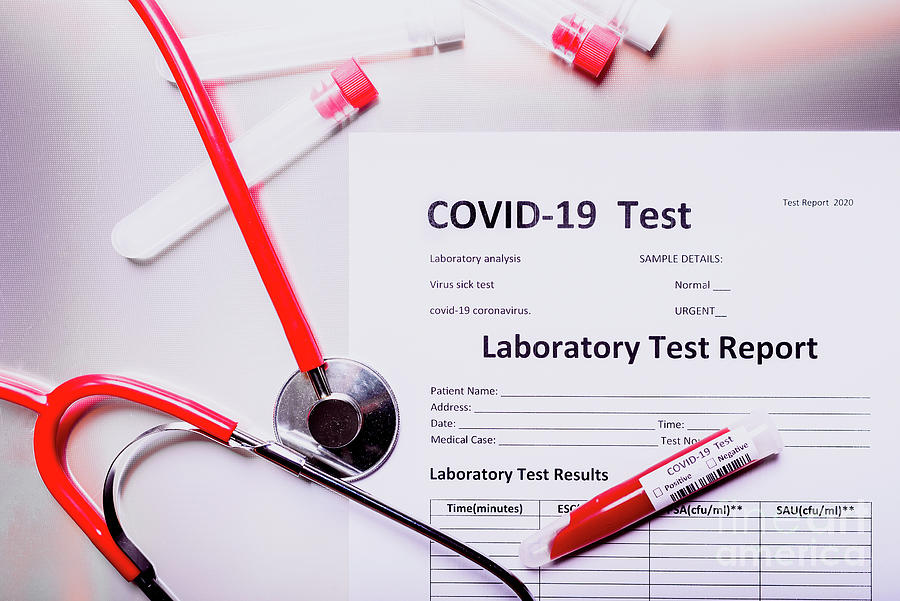
Units
See relevant tests.
Reference values
See relevant tests.
Interpretation of results
Interpretation of test results contains information for the attending physician and is not a diagnosis. The information in this section should not be used for self-diagnosis or self-treatment. An accurate diagnosis is made by the doctor, using both the results of this examination and the necessary information from other sources: history, results of other examinations, etc.
Interpretation of the results of the study "Healthy child: for children from 0 to 14 years"
See the relevant tests.
Basic literature
- Baranov, AA Pediatrics: National guide. Brief edition / ed. A. A. Baranova. – M. : GEOTAR-Media. - 2015. - 768 p.
- Order of the Ministry of Health of the Russian Federation of August 10, 2017 N 514n "On the Procedure for Conducting Preventive Medical Examinations of Minors" (as amended).
